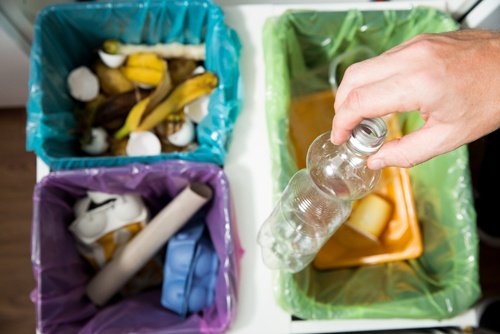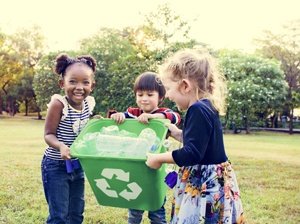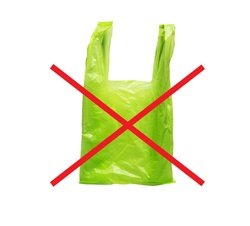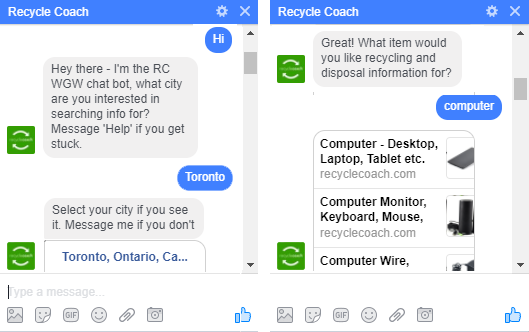4 Steps to Improving Low Waste Diversion Rates


4 Ways to Improve Low Waste Diversion Rates
Municipalities are continuously being challenged to divert more waste from landfills and reduce their carbon footprint. Factors that add to the pressure include tight budgets, societal pressure to conserve, limited landfill space, and the time and money it takes to establish new landfill space.
In short, it can be challenging to reach diversion goals. So here are 4 steps you can take to help you conquer low waste diversion rates and hopefully meet (and exceed) your targets.
- Collaborate With Others
 Working together with residents, building managers, organizations, schools, and the private sector helps encourage more participation in waste diversion programs than just doing it alone. Things you can do include:
Working together with residents, building managers, organizations, schools, and the private sector helps encourage more participation in waste diversion programs than just doing it alone. Things you can do include:
- Work with local businesses where residents frequent (i.e. grocery stores) to set-up drop-off locations to collect waste and prevent it from going to the landfill.
- Collaborate with your education department and recycling education organizations to set-up recycling programs in schools across your municipality. For example, the Department of Education (DOE) and the Department of Sanitation (DSNY) of the City of New York are collaborating with GrowNYC’s Recycling Champions Program (RCP), to launch Zero Waste Schools in over 100 schools within the city.
- Approach building managers and superintendents of multi-family homes to implement an effective recycling program (i.e. recyclables can be dropped off daily, in a convenient location).
- If your municipality contracts a private hauler, they can help spread the message about the many faucets of your program. This can be in the form of an ad on trash/recycling trucks or even putting up waste reduction tips on their website. With Recycle Coach, we also provide you with marketing support, including free press release templates and ready-to-use ads, as well as custom design services, all for free!
Case in point: PORTLAND, OR [70% waste diversion rate]
In 2012, the City of Portland, Oregon achieved an overall 70% waste diversion rate, with the rate for households being even higher at 74%!
Bruce Walker, Solid Waste and Recycling Program Manager for Portland’s Bureau of Planning & Sustainability, acknowledged that keen cooperation between the city and its 40+ independent private haulers played a key role. He also mentioned that “public support is absolutely critical”.
- Provide Convenient Options
 Convenient recycling options are key to a successful waste diversion program. The more convenient options offered, the more likely residents will participate. This includes:
Convenient recycling options are key to a successful waste diversion program. The more convenient options offered, the more likely residents will participate. This includes:
- Providing convenient curbside recycling (and possibly also leaf/yard waste and organics) collection to all residents, including those that may live in smaller, rural communities.
- Offer recycling programs to multi-family homes. This is especially important in larger municipalities where most of the residents live in multi-family residences.
- Offer collection services to commercial, institutional, and industrial sector, including municipal offices and schools.
- Providing public drop-off depots located in places that residents are already frequenting.
- Host events such as: Environment days, electronic waste and HHW collection events, mulch giveaways and community reuse/repair days. These not only encourage waste diversion, but it also help to engage the community and motivate residents to “do their part”.
- Introduce Bylaws and Policies
 One of the most effective things to increase waste diversion rates is to pass a law or policy. In general, people do not want to break the law, and this might help motivate passive residents. For any policy introduced, make sure it is enforced. Policies can include:
One of the most effective things to increase waste diversion rates is to pass a law or policy. In general, people do not want to break the law, and this might help motivate passive residents. For any policy introduced, make sure it is enforced. Policies can include:
- Limit the amount of waste that can be set out every time and introduce a fee if it goes over the limit.
- Increase recycling collection to weekly and reducing trash collection to biweekly.
- Ban divertible materials such as recyclable and compostable materials from landfills.
- Ban Styrofoam™ cups from festivals and events held in the municipality.
Case in point: SAN FRANCISCO, CA [80% waste diversion rate]
With strict rules about how its residents and businesses can discard items they no longer want, San Francisco had a head start in reaching a high waste diversion rate of 80%. Laws they have passed include
– A ban on disposable plastic bags in 2007, prompting more use of reusable shopping bags and reducing the amount of waste sent to the landfill (or ending up on the beaches).
– In 2009, recycling and composting became a law. The City of San Francisco started fining residents, businesses and events who placed recyclables or compostable materials as part of their trash.
Guillermo Rodriguez, policy director for San Francisco’s Department of the Environment, has said that bans and laws have made a difference.
- Educate Your Residents
To gain participation in waste diversion programs, residents must first be informed about it and how to participate effectively. Ways you can educate residents include:
- Attend festivals & special events within the municipality to distribute waste information.
- If your municipality has a Waste Management Facility, open your doors to provide tours and conduct presentations.
- Implement Recycle Coach’s “What Goes Where?” tool to help residents find out the correct way to dispose of an item and if required, to direct them to the closest drop-off location. The database will sync with the mobile app, web app and Facebook chatbot.
With the new chatbot that’s integrated into Facebook messenger, residents simply message Recycle Coach on Facebook and ask the bot how to dispose of any item. Contact us to learn how you can customize the search results for your specific municipality.

- Provide ongoing feedback to residents to ensure that they understand the waste diversion options available and the consequences of their choices.
- Make recycling and composting posters/flyers/information easily available on your website for residents to print and share with their friends, neighbors, and family.
- If your municipality has a high percentage of its population who speaks another language, offer educational materials in that language.
Share how you’re striving to achieve your waste diversion goals in the comments below.